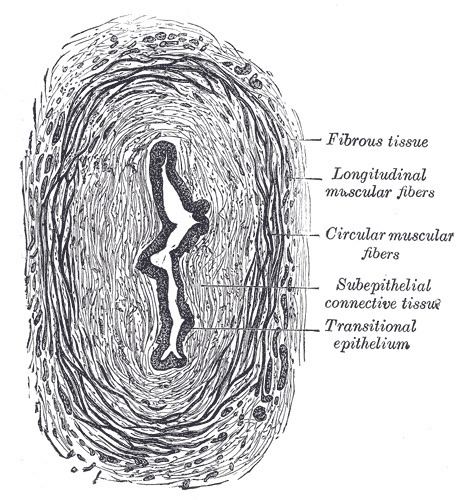Latin tunica muscularis | Dorlands/Elsevier 12832129 | |
 | ||
The muscular layer (muscular coat, muscular fibers, muscularis propria, muscularis externa) is a region of muscle in many organs in the vertebrate body, adjacent to the submucosa. It is responsible for gut movement such as peristalsis. The Latin, tunica muscularis, may also be used.
Structure
It usually has two layers of smooth muscle:
However, there are some exceptions to this pattern.
The inner layer of the muscularis externa forms a sphincter at two locations of the alimentary canal:
References
Muscular layer Wikipedia(Text) CC BY-SA
